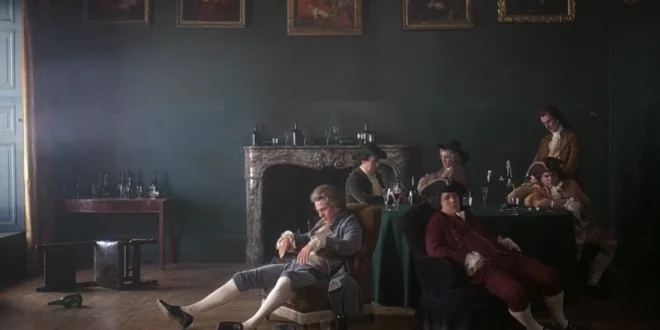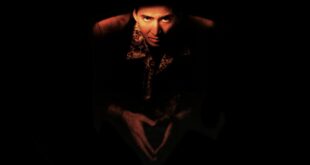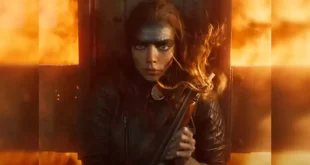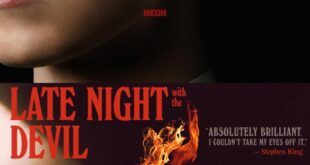It’s perhaps a cliche saying, but they do not make films like Stanley Kubrick’s lavish epic Barry Lyndon. I dare say it’s the best-looking film ever made from a production standpoint. Each shot is so carefully crafted and framed that every frame is like a painting coming to life. The costumes, sets, cinematography, and music all won Academy Awards, and deservedly so. Seeing this film on the big screen with a packed audience was an absolute treat. I saw it at the Landmark Ritz 5 in Philadelphia, which has been doing a Kubrick retrospective all month. Barry Lyndon is not a film Kubrick devotees might pick out first, but its reputation has grown tremendously over the years. It was respected when it came out in 1975 but criticized for being too cold and too methodically paced. Now it is one of Kubrick’s most celebrated films in an incredible career that spanned five decades.
Kubrick films age like fine wine. Why is that so? Because his visual style and cutting were so unique for the time, you never feel things are being sped up or short-changed. He used cutting-edge technology for the time and made considerable advances in camerawork and cinematography. His films move at a methodic pace that gives you a grand sense of scope about the world the characters inhabit. Barry Lyndon is not only a textbook cinematic approach to cinema but also rewrites said textbook. 1001: A Space Odyssey was revolutionary for its special effects, The Shining was revolutionary for the Steadicam, and Barry Lyndon’s claim to fame is the revolutionary use of natural light. Kubrick and director of photography John Alcott used special ultra-fast lenses that allowed them to film by candlelight and natural light, which is very tough to shoot on film. The result is almost like watching a painting from the 1750s come to life. Paintings are a recurring visual motif in the movie.
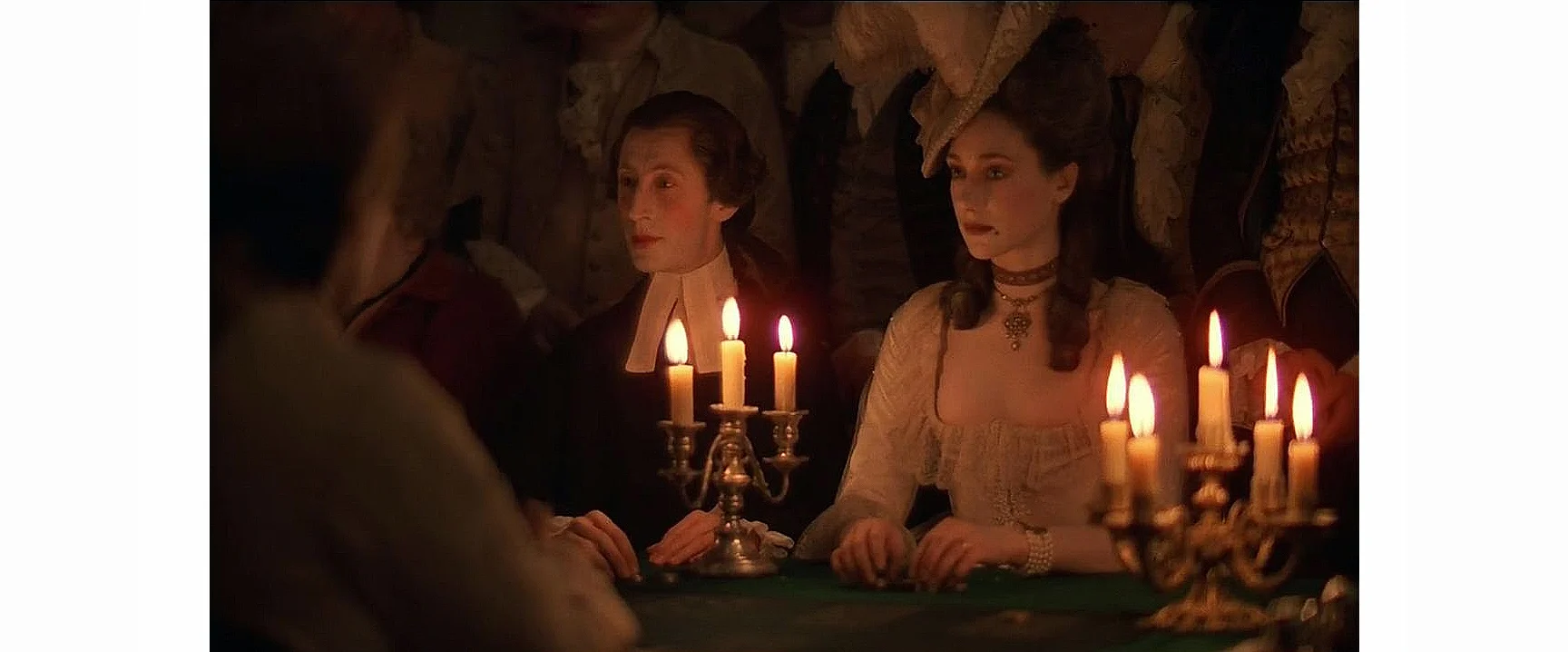
Barry Lyndon is a rise and fall story (based on The Luck of Barry Lyndon by William Makepeace Thackeray) of a flawed Irish rogue played by Ryan O’Neal named Redmond Barry, who is determined to make something of his life. Redmond’s father is killed in a duel that opens the film. He lives with his mother and is fascinated with his cousin Nora. Unfortunately for Barry, he has not a penny to his name, and Captain John Quin sweeps Nora off her feet with the promise of a more financially secure future. Quin even offers to pay off the debt of Barry’s uncle. Enraged by Quin, he challenges him to a duel, another central motif of the film, dueling. He kills Quin (apparently), and this sets off the adventure Redmond Barry is to go on in this episodic story, which includes getting robbed, enlisting in the British Army, deserting, pretending to be a British officer, getting caught by a Prussian captain named Potzdorf, enlisting in the Prussian Army, becoming a war hero, becoming a spy and a double agent of sorts, to finally marrying the wealthy widow Lady Lyndon. From there, we witness Barry’s spectacular fall as he squanders his opportunity to become a Lord with any reputable lands or wealth. He’s a hedonist who spends recklessly and treats his wife and her son Lord Bullingdon with disdain. He has his son with Lady Lyndon, but tragedy also befalls him, so the central conflict in the story’s second half is Lord Bullingdon vs. Redmond Barry.
It’s an interesting contrast first half Redmond Barry vs. second half of Redmond Barry. Though different in many ways from A Clockwork Orange, there’s a similar structure of clear first and second half. Full Metal Jacket is another Kubrick film that has this structure. Kubrick, it seems, was fascinated by contrasts and paradoxes. The story is told by a possibly unreliable narrator who muses with irony about the many ups and downs of Barry’s life—often spoiling the plot for us before they even happen, though Kubrick does leave in some surprises. The narration adds to the adventurous roguish nature of the story. Ryan O’Neal is tremendous as Redmond Barry in a highly underrated performance. He is loyal, brave, and ambitious at times, but he’s also a naive bully whose sole purpose is to gain wealth and standing in society. He is not concerned with Lady Lyndon or Bullingdon but only for himself and later is overindulgent as a parent to his son Brian. Throughout the film, Barry is a man without a home and a place in this world. He thinks being bold and ambitious will get him the respect he deserves, but just like Alex in A Clockwork Orange, he is defined by his society and world. Redmond is a grifter, and while he puts up a decent front of respectability in an affluent community, he can’t seem to get out of his way either. The Bullingdon – Redmond battle recalls Hamlet’s opposition to his mother’s hasty marriage to an opportunist. Redmond is more interested in being a libertine like Patrick Magee’s Chevalier de Balibari and amassing wealth through swindling high-class gamblers. He makes impulsive decisions and just looking to move up through society.

Wealth, class, and social structure are prominent throughout Barry Lyndon. However, upper-class, supposedly gentlemanly society and all its splendor in the 1750s is also portrayed as a brutal violent place where men take out their offenses and emotion via duels. The film begins with Barry’s father dying in a duel. There are several duels throughout the movie, three main important ones, and two minor ones. What Kubrick highlights is that even though these duels are supposedly done in a respectful gallant manner, they highlight how absurd high-class society is. There’s a tremendously well-shot sequence of Barry and his fellow Englishman marching into battle against the French out in the open field, just getting mowed down one by one as they march towards the French line. This was considered duty and honor during this time when it was insane. The final duel between Redmond and Bullingdon involves a coin toss to see who fires first! It’s a tremendously tense scene that also highlights how ludicrous the whole process is.
Kubrick is rare among filmmakers not just for his craft of filmmaking but his choices of subjects and genres. His films have a signature look and tone, but the subject matter varies greatly. He’s done a heist picture, anti-war picture, historical epic picture, nuclear war comedy, science fiction, dystopian sci-fi, period drama, horror, revisiting war, and finally, an erotic mystery psychological drama. Most of Kubrick’s films have that same hypnotic quality, though. Barry Lyndon is methodically paced at 3 hours long but never dull. It’s always gorgeous to look at. Critics accused Kubrick of being cold, but what I always find fascinating about rewatching Barry Lyndon is that I’m caught up in the story’s emotion and its direction. There’s a great bit of humor Kubrick has skewering high-class society. It’s also quite funny with Captain John Quin almost being a character out of Monty Python.
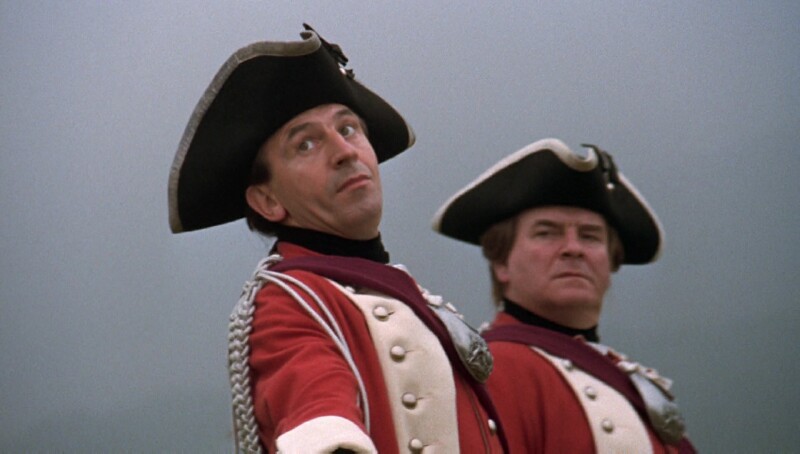
Seeing the film at the screening last night, I was struck by the fact there were more people at the Barry Lyndon screening than at A Clockwork Orange. I would have thought the opposite, considering A Clockwork Orange is more a cultural icon than Barry Lyndon. However, it shows that Barry Lyndon is well thought of amongst Kubrick devotees. It’s Martin Scorsese’s favorite Kubrick film, so there’s that and the newfound acclaim it’s found over the years. It has slowly evolved into one of my favorites of his as well. Barry Lyndon is true cinematic immersion that modern filmmakers can try to imitate but can’t come close to the master.
**** out of ****
 Movie Finatics The Place for Movie Lovers
Movie Finatics The Place for Movie Lovers
